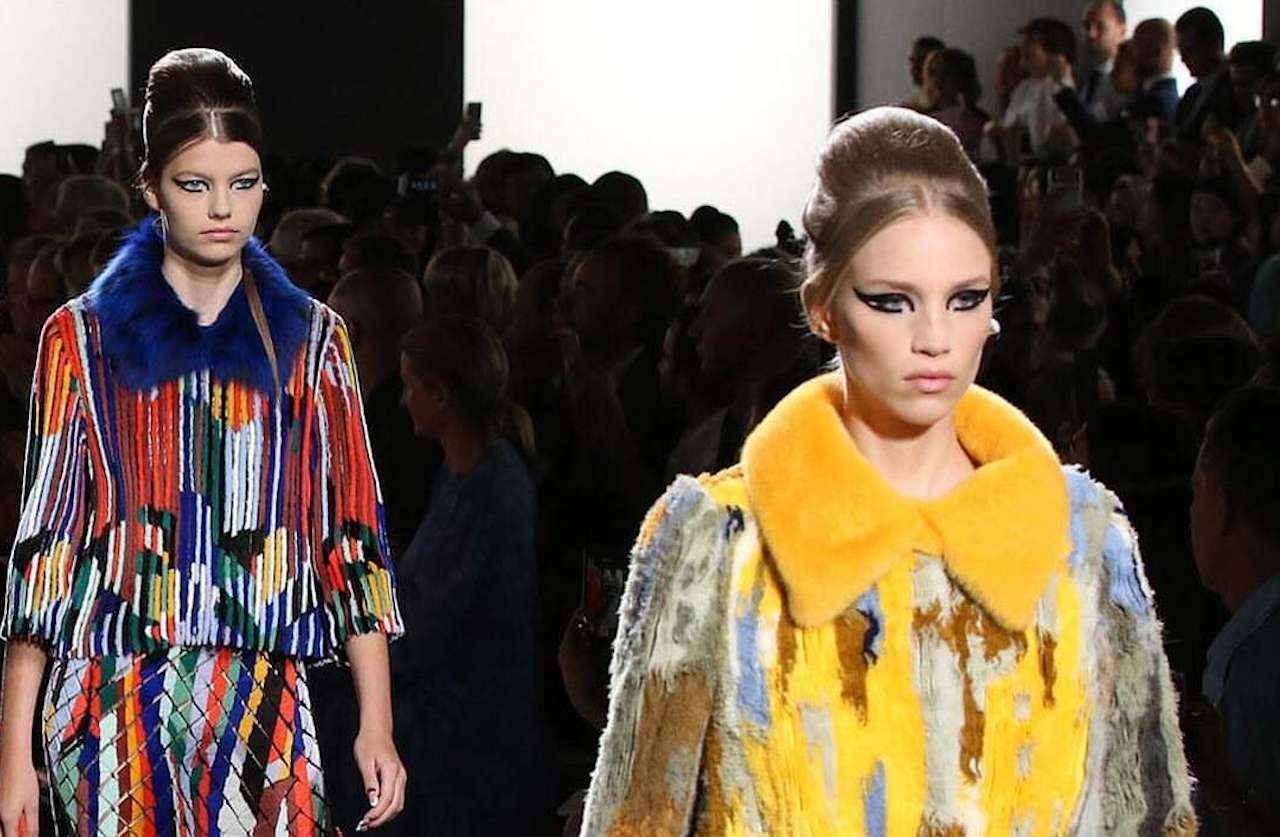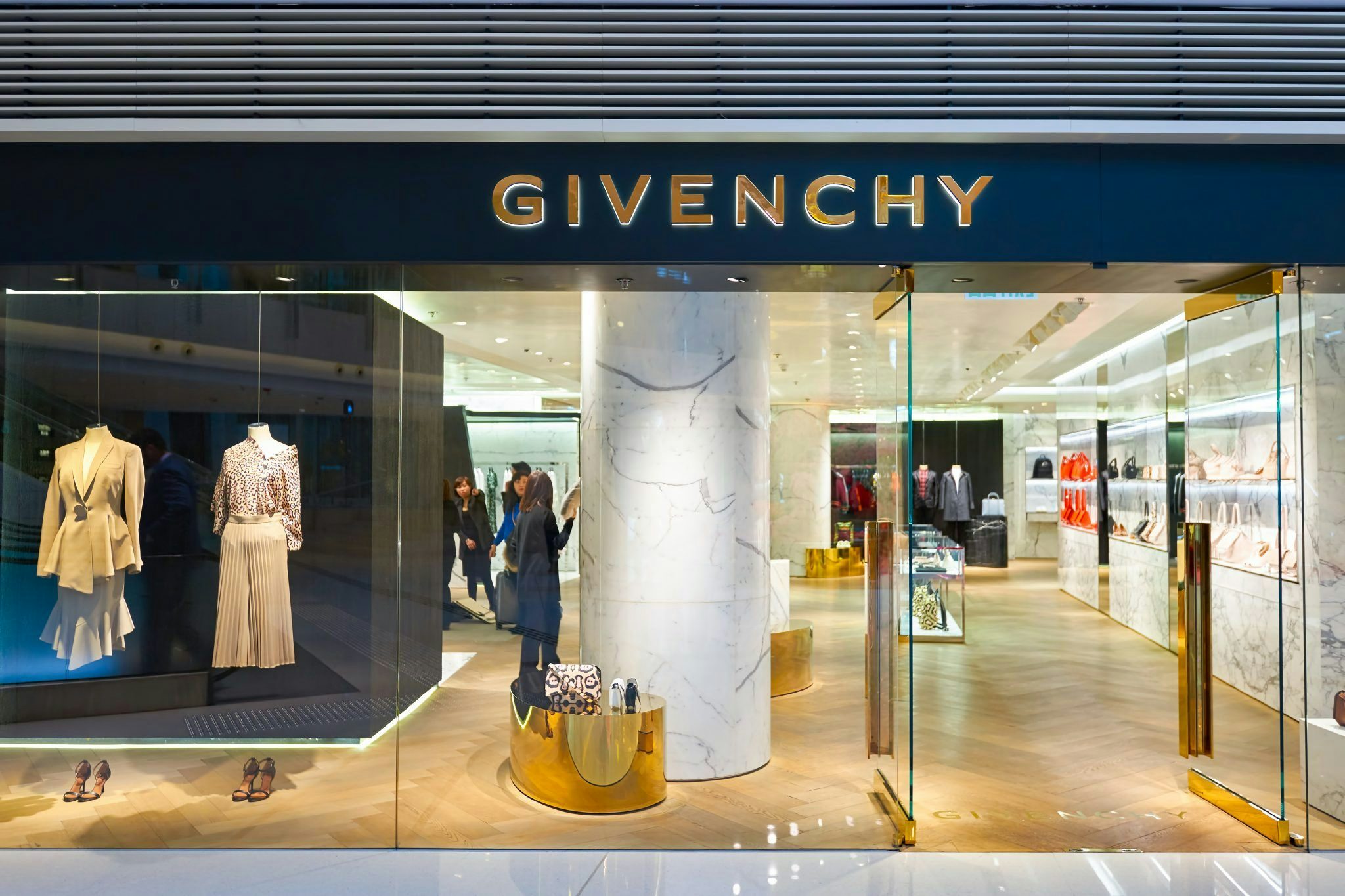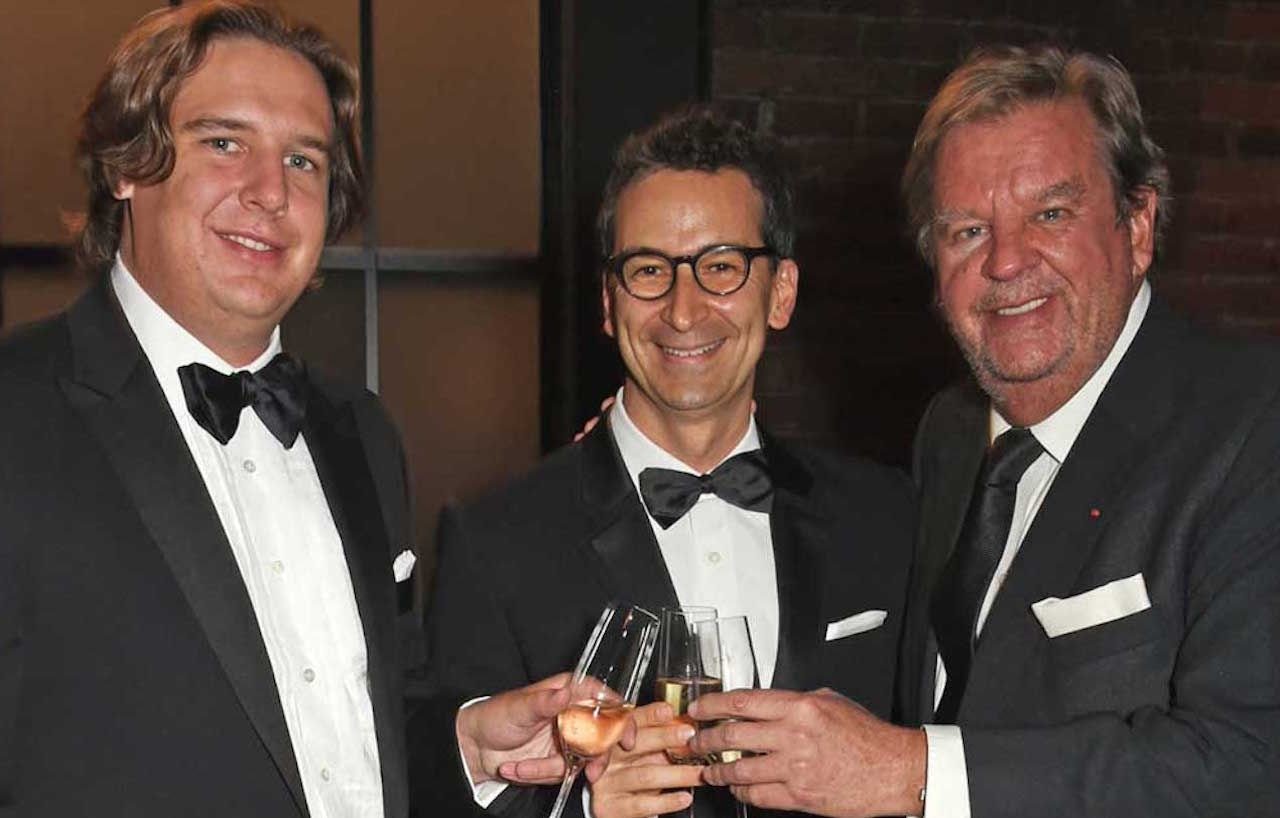New York Fashion Week kicks off next week, just as Chinese New Year — the Year of the Pig (traditionally one of good luck and happiness) — begins. And the two cultures will come together in a way they never had until not long ago.
High-fashion runway shows, as we think of them today, began in Europe in the 19th century as occasions for brands to show their collection to an exclusive group of loyal customers. The catwalks were invite-only affairs in fashion-house ateliers and, behind closed doors, orders were taken from customers immediately after the shows. “No photographers, no press!” was the rule — only very wealthy customers. This level of exclusivity reached its peak during the first half of the 20th century in Europe and the U.S.
By the 1960s, thanks to the launch of pret-à-porter, many fashion houses opened the doors to press and publicity. Hollywood celebrities partnered with designers; Audrey Hepburn became the muse of Monsieur Hubert de Givenchy. Then, as new market began opening in Asia in the '80s and '90s, fashion started to explode outside Europe and America.
Fashion Weeks in China began about 30 years ago. Pioneers such as Laura Biagiotti developed an authentic passion for China and set up the first fashion show of an Italian brand in Beijing in 1988 featuring beautiful Chinese models and paying tribute to a country rich in culture and business potential. She later called it “the most extraordinary experience of my career.”
Biagiotti said of her pioneering event: "During my first trip to Shanghai in 1987, I was particularly struck by the extraordinary transformation that almost one billion people were experiencing. …This extraordinary phenomenon compelled me to follow my pioneering spirit and present my fashions to the world’s largest female community: 600 million Chinese women! The fashion show is naturally a brief, ephemeral event, but this time China deserved more: 150 outfits made of the finest raw materials of China and worn by Chinese and Italian models.”
But it's only in the past 20 years that the fashion industry has realized that a country like China was the market with the biggest long-term potential. And, surprisingly, that wake-up call came from the success of high-end luxury watchmakers in China.
Despite the fact that prestigious watch brands have been distributed in China for several decades, only recently had the companies begun studying in-depth the Chinese culture and symbols, creating for the Chinese taste their own bestsellers and new models. Brands such as Piaget developed tributes to Chinese zodiac symbols and organized traveling exhibitions in Shanghai. Fashion followed right after.
From Fendi’s infamous fashion show on The Great Wall in 2007 — the world’s longest and most historic runway — to, most recently, the launch of the Coach Cruise Collection on the Bund in Shanghai, luxury brands are reveling in China. At Coach, creative director Stuart Vevers selected four Chinese contributors to reinterpret the brand symbol, Dino Rexy, the dinosaur. China’s influence in the industry has steadily increased and fashion brands have focused their attention on the Chinese customer and its potential.
Luxury brands have created events not only in Greater China but have also sponsored exhibitions like Gucci’s “No Longer / Not Yet” show at the Minsheng Art Museum in Shanghai, or the artsy reinterpretation of the Lady Dior bag by prominent Chinese artists for its “Lady Dior as Seen By” exhibition.
Chinese customers and influencers also rapidly have become front-row denizens at fashion shows in Paris, New York, and Milan, with a dedicated staff pampering them. Influencers such as high-profile blogger Mr. Bags get courted by fashion brands' founders, and his latest collaboration with Longchamp led to more than 746,000 (RMB 5 million) in sales in a few hours.
Front rows at the fashion shows, special atelier previews and visits, tea with the creative directors -- everything that was previously destined only for the Western press and a few select clients has been translated into special "welcome to our world" experiences for Chinese press, influencers and customers.
These days, special collections for the Chinese market are constantly developed by fashion brands and introduced thanks to social media campaigns on Weibo and WeChat, while unexpected partnerships are established to involve the Chinese; the Alibaba-Yoox business connection is just the latest example. Live-streaming of fashion shows to China also introduced more visibility and a democratization process of the entire industry.
Advanced technology helped even the more skeptical brands such as Prada that recently launched a 360° digital project and further enhanced its e-commerce experience.
The focus on China contributed to the change of skin of the fashion and luxury industry and represented sort of a business shock that stimulated even the laziest brands to evolve and re-focus; it has forced ivory towers to open the gates and let new influences and cultures in.


